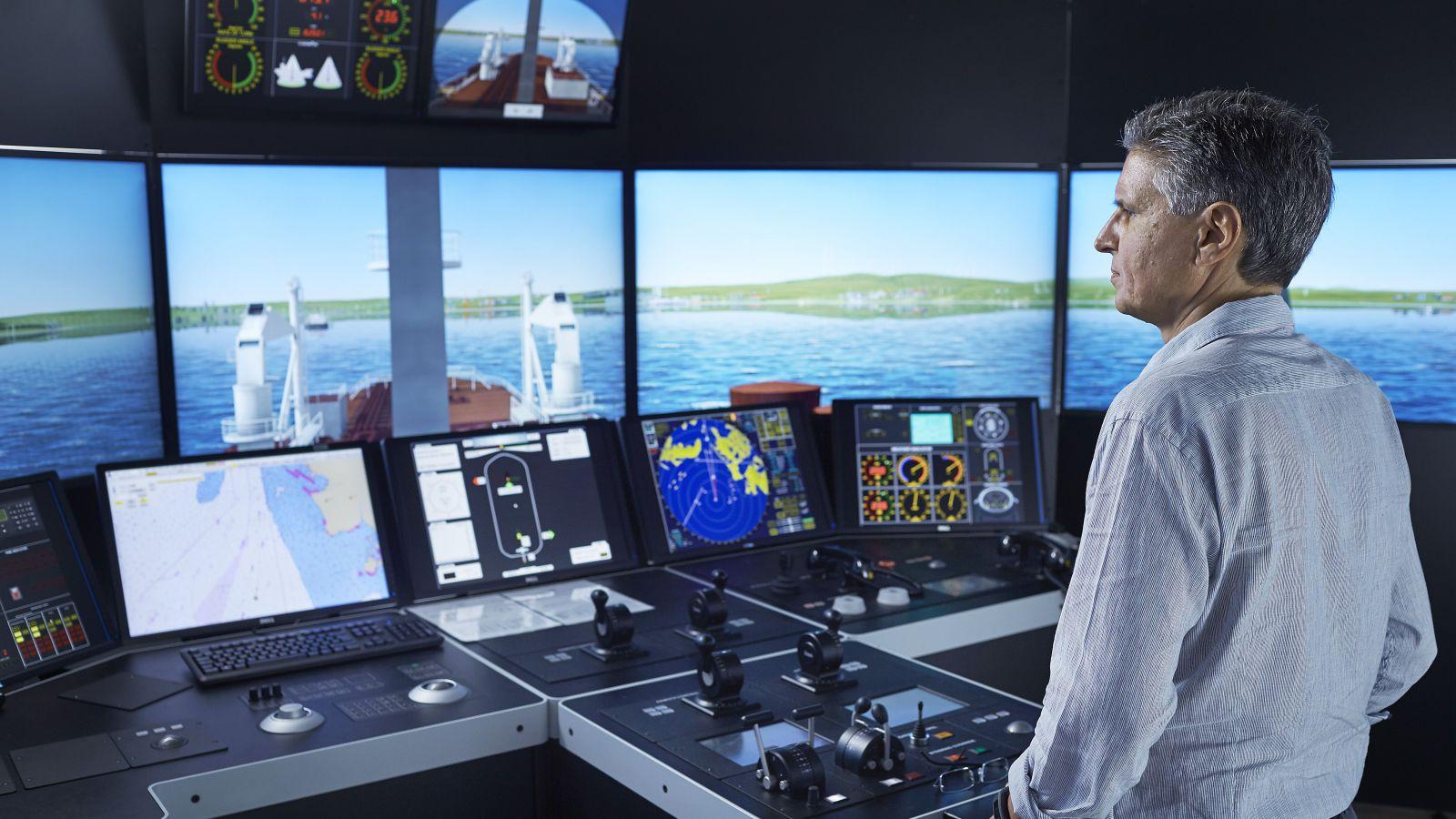A Tangle of Wires and Salty Air: My Real Life Experience with Marine Electronics Installation

It all started with marine electronics installation, which sounds, admittedly, like the beginning of a boat nerd’s blog or some glossy manual no one actually reads. But for me, it began with a corroded GPS and a surprisingly emotional argument about chartplotters on a Sunday afternoon.
Now, let me back up a bit.
This wasn’t supposed to be my job. I’m not “that guy,” the one with a perfectly organized tool chest and a voltmeter holster like some nautical Batman. I’m just someone who bought an older boat with more personality than polish—and then got smacked in the face by just how outdated its tech was.
No AIS. No working VHF. There was this weird moment when the fishfinder flashed on, like it might actually work, but then it just... stopped. Same with the chartplotter—it looked like something time forgot. I didn’t want to admit it, but yeah, I needed help. What I didn’t know was just how messy and maddeningly human installing marine electronics could be.
The Spark That Lit the (Saltwater-Dampened) Fuse
Here’s the thing no one really tells you before you dive into this world: Marine electronics installation isn’t just about fancy gadgets. They’re lifelines. You don’t realize how much you rely on that radar until you’re enveloped in fog thick enough to chew.
And me? I had kids on board. Which changes the stakes. Completely.
I was just standing there, rain in my face, tarp barely hanging on, holding this sad little list in one hand and a half-loaded YouTube video in the other. None of it looked as simple as I thought it would. More wires meant more decisions and even more gray areas.
You’d think a GPS is a GPS is a GPS. But no. It’s a whole ecosystem. Network compatibility, NMEA standards, antenna placement, interference issues—it’s enough to make your eyes cross.
And still, I was determined to figure some of it out on my own. Until I wasn’t.
Calling in the Pros (a.k.a., Swallowing My Pride)
There’s this funny resistance we all have, I think. Like, if you’re fixing up a boat, there’s this imaginary badge of honor in doing it all yourself. Never mind that the learning curve is shaped like a brick wall.
After botching a fuse panel installation and frying a perfectly good depth transducer (don’t ask—it still hurts), I finally gave in and searched for marine electronics installers in my area. Found a guy named Joel. Cranky voice on the phone, but he knew his stuff.
“Don’t mess with NMEA 2000 if you don’t have to,” he said on our first call. “It’s a rat’s nest once you open it up.”
He showed up with a coffee in one hand and a case of connectors in the other. Not slick or over-polished, but real. The kind of guy who’s been elbow-deep in bilge water at least a hundred times.
Watching him work was weirdly therapeutic. He didn’t rush. He talked me through it. Explained how saltwater corrosion can creep into connectors you didn’t even know existed. How mounting angles matter more than brand names. How zip ties can be both friend and foe, depending on the day.
I hovered awkwardly, asking too many questions, probably slowing him down. But he didn’t seem to mind. Said he liked it when people actually wanted to learn.
One Step Forward, Two Frustrated Groans
So, we got the new MFD installed—multifunction display, for those keeping score. The VHF had its antenna placed at just the right height for decent range but not too much sway. AIS was integrated. It was coming together. Slowly. But it was progress.
Then the power cut out.
Everything just… died. Black screen. No chirp from the sonar. No blinking LEDs. I traced every wire with my fingers, checking connections like I was defusing a bomb. The battery leads were solid, the terminals snug. I was sure I’d done everything right. But clearly, I hadn’t. However, that silence after I hit the switch? That told me I’d missed something. But nope. It was a dumb oversight: the main fuse was rated too low for the startup surge.
I sat there, head in my hands, wondering what kind of idiot thinks they can DIY a whole marine network with just Google and guts.
Joel? He didn’t laugh. Just handed me the right fuse with a casual “happens to all of us,” and kept moving. That moment alone bought him my eternal respect.
The Learning Is the Point (I Guess?)
Somewhere in that hot, greasy crawlspace under the helm, I realized something. This wasn’t just about screens and sonar and neatly crimped ends. It was about connection. Not just the kind you wire together, but the kind you build—with people, with your boat, even with yourself.
I’m not gonna lie—installing marine electronics can be a headache. A money pit. A test of your marriage if your partner is onboard for the project. But it’s also kind of… satisfying.
Not in the Instagram-brag way. In the small, stubborn, no one saw it, but you did it anyway. The same way it does when you finally get the outboard to start after a dozen pulls and some strategic cursing. Or when you dock without scraping a single piling for the first time.
And listen, I still needed help. I still relied on marine electronics installers more than I’d like to admit. But I also learned enough to re-run a power bus without frying myself. That’s something.
The Surprising Stuff No One Puts in the Manuals
There are things the fancy install guides never mention.
Like how much static can build up on your hands on a dry day and mess with your connections.
Or how rats—yes, rats—sometimes nibble on network cables if your boat's stored near a marina dumpster. (Happened to me. Still not over it.)
Or how weirdly emotional it feels when the first real radar ping lights up your screen and suddenly, you’re not guessing anymore—you know what’s out there.
There’s trust in that tech. But also, in the work. Even if it was messy. Even if you didn’t do it alone.
So, Would I Do It Again?
Honestly? Yeah. Even knowing the costs. The scraped knuckles. The countless coffee-fueled YouTube nights. I’d do it again. Because now, when I take the boat out and see that clean feed from the sonar, that accurate GPS overlay, that radio signal clear as glass—I know it wasn’t magic.
It was an effort. Sweat. Guidance from a guy named Joel and a lot of trial and error. But most of all, it was mine.
Marine electronics installation isn’t glamorous. It’s not always fun. But it’s one of those rare things where you can see the result. You can feel it when the fog rolls in and your screen shows you safe passage home.
And that? That’s worth every blown fuse and bad connector.
Final Thoughts, in Imperfect Honesty
I still don’t know everything. Not even close. I still text Joel when I hear a weird beeping sound and can’t figure out if it’s the fishfinder or the fridge.
But I’m not intimidated anymore. Neither by wires nor by jargon. Not even by the occasional failure.
Because learning this stuff—the hard way, the human way—taught me something more valuable than just how to wire up a radar dome. It made me more patient. Taught me to respect what I didn’t understand. And reminded me that progress doesn’t need certainty.








